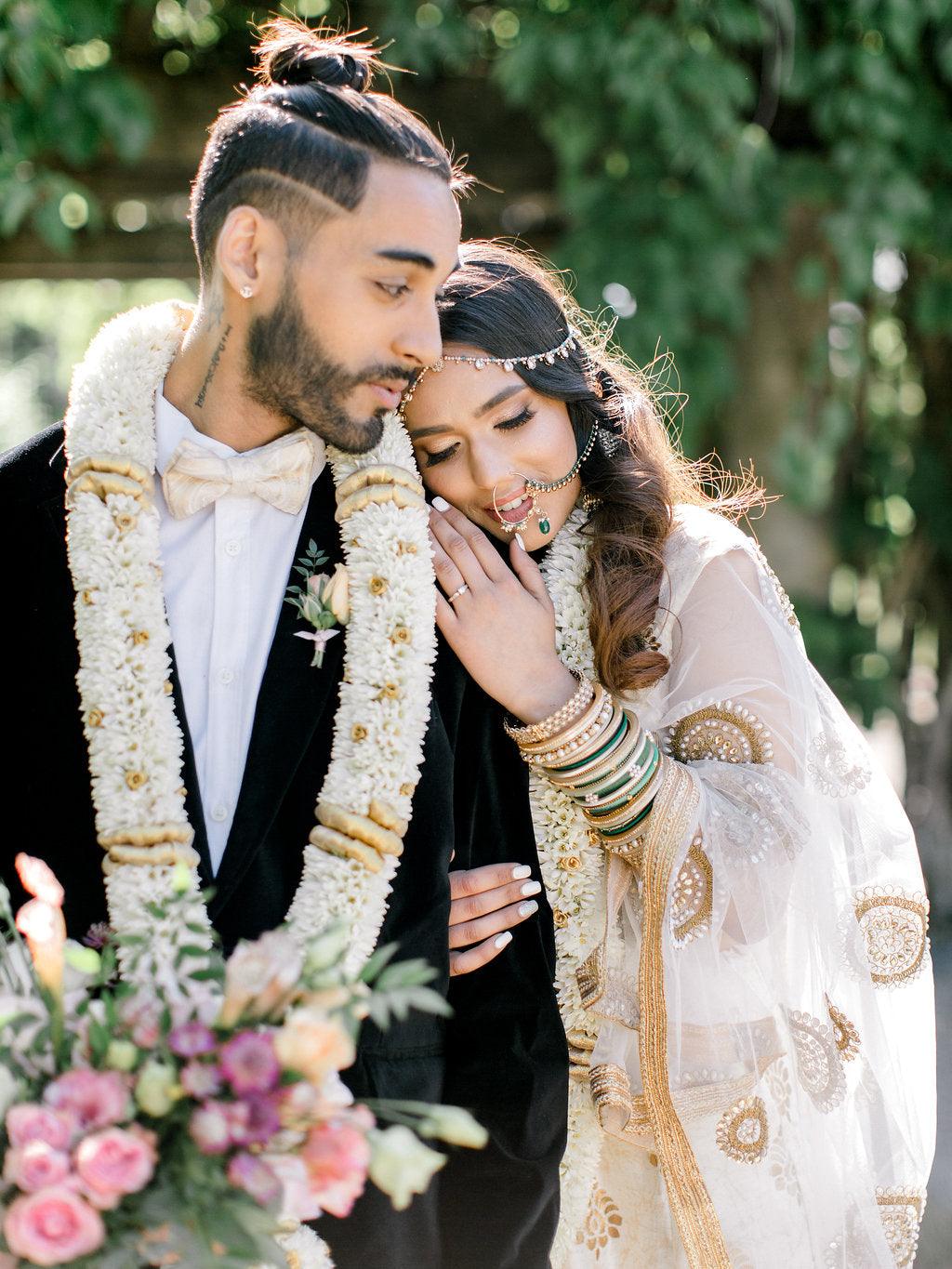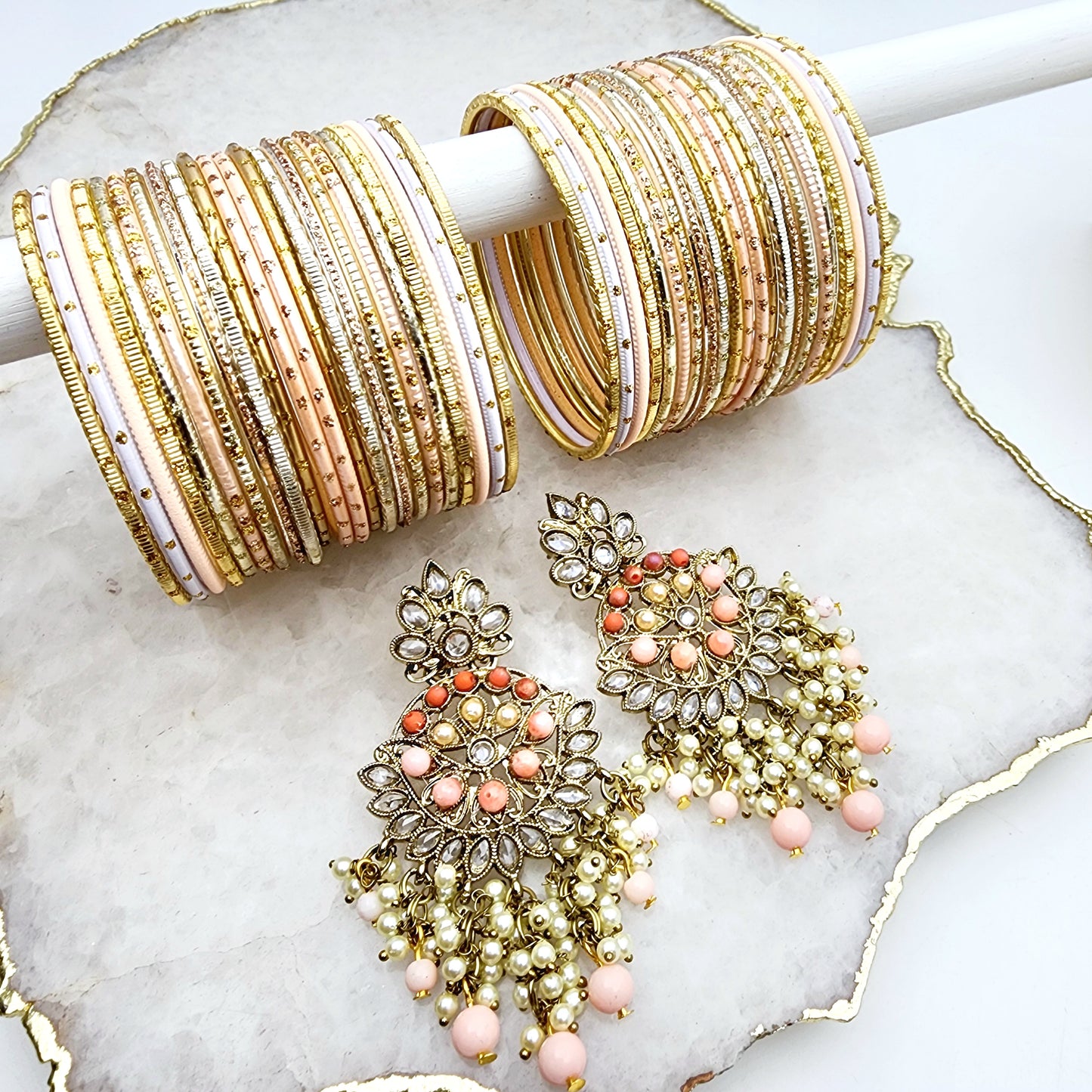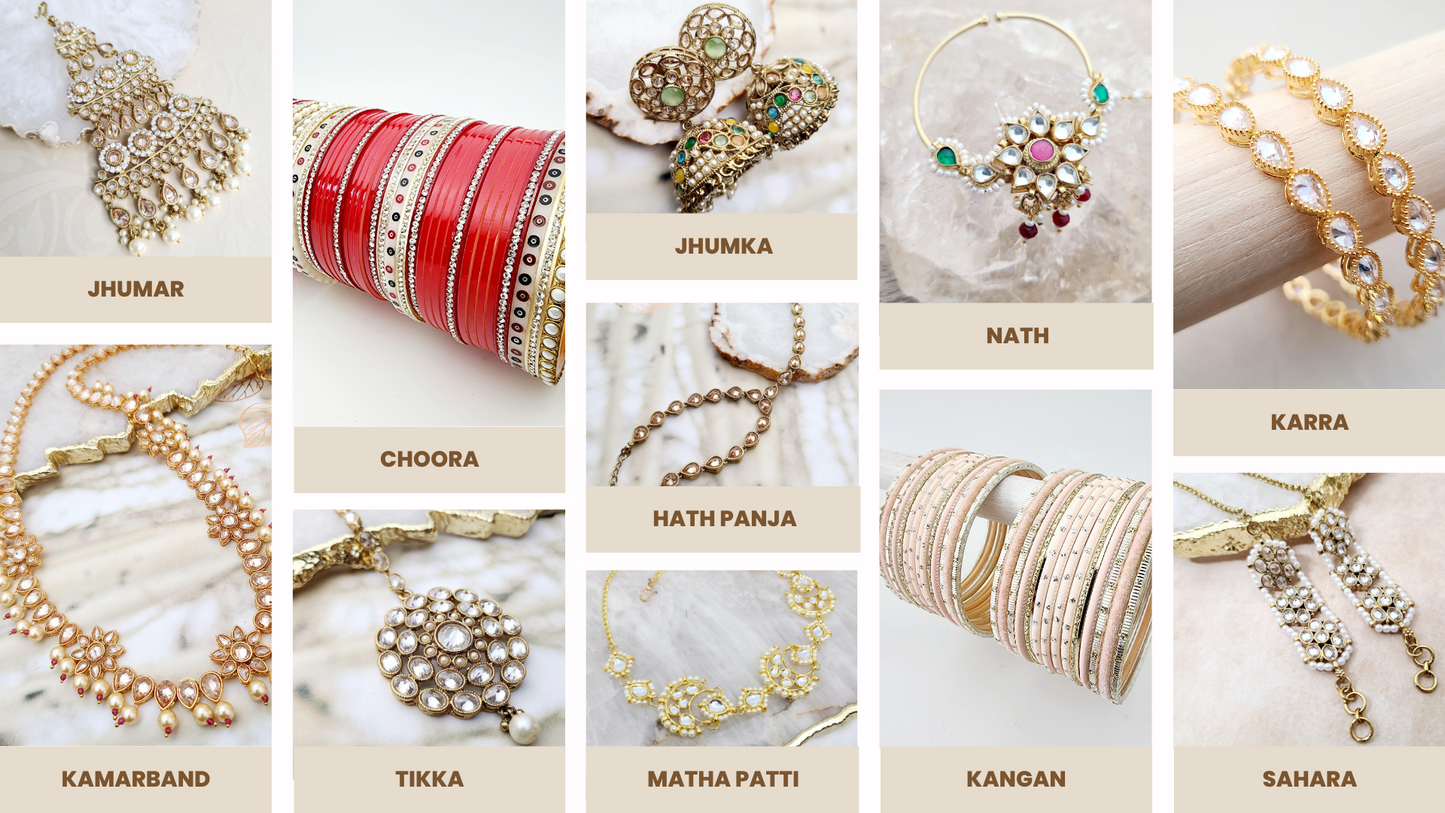
South Asian Weddings: A Rich Tapestry of Traditions
South Asia is home to a diverse array of cultures, each with its unique wedding traditions. From the grand and opulent weddings of India to the simple and intimate nuptials of Sri Lanka, South Asian weddings celebrate love, family, and community. In this blog post, we will explore some of the most popular wedding traditions and customs across South Asia.
Indian Weddings
Indian weddings are known for their grandeur and opulence, with various rituals and ceremonies that can last for days. Some of the most popular ceremonies include Haldi, Mehndi, Sangeet, Baraat, and Jaimala.
- Haldi: A ceremony where a paste made of turmeric, sandalwood, and other ingredients is applied to the bride and groom to bring good luck and ward off evil spirits.
- Mehndi: A ceremony where intricate henna designs are applied to the bride's hands and feet. The mehndi ceremony is often held a few days before the wedding and is a time for the bride to spend with her female relatives and friends.
- Sangeet: A pre-wedding celebration where the bride and groom's families come together to dance, sing, and feast.
- Baraat: The groom's procession to the wedding venue, often accompanied by music, dancing, and friends.
- Jaimala: The exchange of flower garlands between the bride and groom, symbolizing their acceptance of each other.
- Saat Phere: Seven vows taken by the bride and groom symbolizing their commitment to each other.
- Sindoor and Mangalsutra: The marking of the bride's forehead with sindoor (vermilion powder) and the tying of a mangalsutra (necklace) around her neck, signifying her married status.
Pakistani Weddings
Pakistan is home to a diverse array of cultures, each with its unique wedding traditions. Some of the most popular rituals include Mehndi, Dholki, Baraat, Saat Phere, Sindoor, and Mangalsutra.
- Mehndi: A ceremony where intricate henna designs are applied to the bride's hands and feet.
- Dholki: A pre-wedding celebration where the bride and groom's families get together to sing and dance.
- Baraat: The groom's procession to the wedding venue, often accompanied by music, dancing, and friends.
- The Saat Phere ceremony involves taking seven vows around a sacred fire, symbolizing the commitment of the bride and groom to each other.
- The Sindoor and Mangalsutra ceremony involves the marking of the bride's forehead with sindoor (vermilion powder) and the tying of a mangalsutra (necklace) around her neck, signifying her married status.
Sri Lankan Weddings
Sri Lankan weddings are typically more intimate and simple compared to Indian weddings but no less rich in tradition and culture. Some of the most popular rituals include Poruwa, Thali, and Milk Rice.
- Poruwa: A ceremony where the bride and groom exchange vows and rings in front of a traditional wooden platform.
- Thali: The tying of a thali (sacred thread) around the bride's neck by the groom, symbolizing their union.
- Milk Rice: A traditional Sri Lankan dish made of rice and milk, served to the bride and groom as a symbol of prosperity and abundance.
Bangladeshi Weddings
Bangladeshi weddings blend Hindu and Muslim customs, reflecting the country's diverse cultural heritage. Some of the most popular rituals include Sindoor Daan, Bor Jatri, and Bou Bhat.
- Sindoor Daan: The marking of the bride's forehead with sindoor by the groom, symbolizing her married status.
- Bor Jatri: The groom's procession to the wedding venue, accompanied by music, dance, and friends.
- Bou Bhat: A reception held after the wedding ceremony, where the bride and groom sit on a raised platform and receive blessings from their family and friends.
Punjabi Weddings
Punjabi weddings are known for their vibrant and colourful celebrations that last several days. The wedding day is a grand affair, with elaborate decorations and rituals, including the Jaimala, the Mehndi, the Sangeet, and the Anand Karaj.
- Jaimala: The Jaimala ceremony involves the exchange of flower garlands between the bride and groom.
- Mehndi: The ceremony involves applying intricate henna designs to the bride's hands and feet.
- Sangeet: The Sangeet ceremony is a night of musical performances and dance, where family and friends come together to celebrate the upcoming nuptials. It's a time for joy, laughter, and delicious food.
- Anand Karaj: A ceremony in which the couple takes their vows before the Guru Granth Sahib, the holy scripture of the Sikh religion.
Glossary of Terms for Traditional South Asian Clothing:
South Asian weddings are rich in traditions and customs that vary across cultures and regions. Traditional South Asian clothing plays an important role in these weddings, reflecting the culture, values, and aesthetic preferences of the bride and groom.

From the colourful sarees of India to the flowing shalwar kameez of Pakistan, traditional South Asian clothing is known for its vibrant colours, intricate embroidery, and beautiful fabrics.
We will explore some of the most popular terms for traditional South Asian clothing and who traditionally wears them:
- Saree or Sari: A long, flowing piece of fabric that is draped around the body, typically worn by women in India, Sri Lanka, Bangladesh, and Pakistan. The sari is made of a single piece of fabric worn draped over the body and around the waist.
- Salwar Kameez: A traditional outfit worn by women in Pakistan and other parts of South Asia, consisting of a long tunic (kameez) and loose pants (salwar). It is usually paired with a dupatta, a long scarf draped over the head or shoulders.
- Lehenga: A long, skirt-like garment typically worn by brides in North India and Pakistan. Lehengas are often heavily embellished with embroidery, sequins, and other decorative elements.
- Lehenga Choli: A traditional Indian outfit consisting of a long skirt (lehenga) and a short blouse (choli). It is often worn for special occasions, such as weddings and festivals.
- Sherwani: A long, coat-like garment typically worn by men in North India and Pakistan. Sherwanis are often made of silk or other luxurious fabrics and may be embellished with embroidery or other decorative elements, and are typically worn for weddings and formal occasions.
- Kurta or Kurti: A long shirt worn by men and women in Tamil Nadu and Sri Lanka, typically paired with loose pants or a long skirt.
- Kurta Pyjama: A traditional outfit worn by men in South Asia, consisting of a long shirt (kurta) and loose pants (pyjama). It is usually paired with a dupatta or shawl.
- Dupatta: A long scarf draped over the head or shoulders, typically worn by women in South Asia. The dupatta is often paired with salwar kameez, lehenga choli, and other traditional outfits.
- Chunni: A type of dupatta worn by Punjabi women, typically embroidered and embellished with sequins and beads.
- Dhoti: A long piece of fabric wrapped around the waist and legs, worn by men in India, Sri Lanka, Bangladesh, and Pakistan. The dhoti is usually paired with a kurta, a long shirt.
- Bandhgala: A formal jacket worn by men in India, typically paired with a kurta pyjama or a dhoti.
- Thavani or Mundu: A dhoti-like garment worn by men in Sri Lanka, typically paired with a shirt.
- Thalappaga or Pagdi: A turban-like headgear worn by men in Tamil Nadu and Sri Lanka.
Glossary of Terms for Traditional South Asian Jewelry:
In addition to clothing, traditional South Asian jewelry is also an important part of weddings and other special occasions.
Check out our post A Guide to South Asian Jewelry and Accessories and learn more about some of the most popular South Asian jewelry and accessories and their meanings.











Comments
What a delightful exploration of South Asian weddings and traditions! This blog beautifully captures the rich cultural tapestry woven into these celebrations. From intricate rituals to vibrant attire, each detail is celebrated with reverence and joy. Kudos to Banglez for shedding light on the beauty and significance of these timeless customs!